13. Applications and Implications (Apr 24)¶
This week we were suggested to define the scope of the project and develop a project plan. I am answering the questions posed.
What will it do?¶
It is a solar powered e-bike conversion kit which will convert a normal bike into an electric bike and charge the Lithium Ion battery with solar panels which can be on the bike.
Who’s done what beforehand?¶
I haven’t been able to find projects to build upon on fab academy website or instructables. I have found related projects which I am using for inspiration. I also bought a cheap e-bike bit and installed it on my bike to complete one spiral.
What will you design?¶
There are many possibilities. To begin with, I am designing the PWM based 24 V motor controller which is the brain of my bike. I am also using PWM for lighting up my bike using an 24 V LED strip.
What materials and components will be used?¶
a. Bicycle
b. e-bike kit with 250 W, 24 V DC motor, Throttle with wiring, brakes with wiring.
Further specs on the motor can be found here.
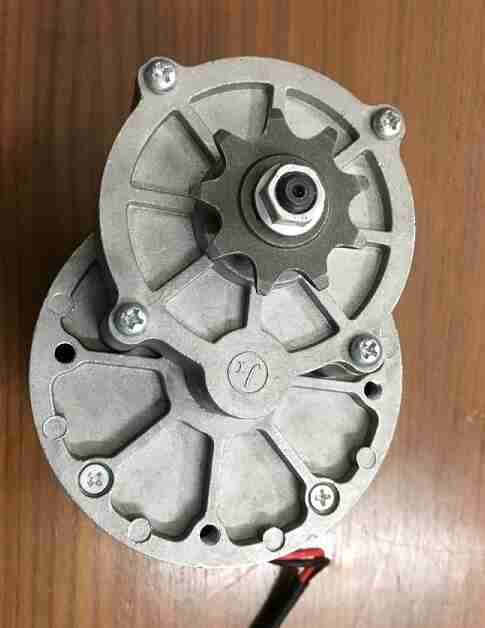
c. Lithium Ion battery 24 V, 11 Ah
d. 2 Solar PV polycrystalline Panels of 20 Wp each with a size of 24 cm by 32 cm procured locally from Tata Green Power.
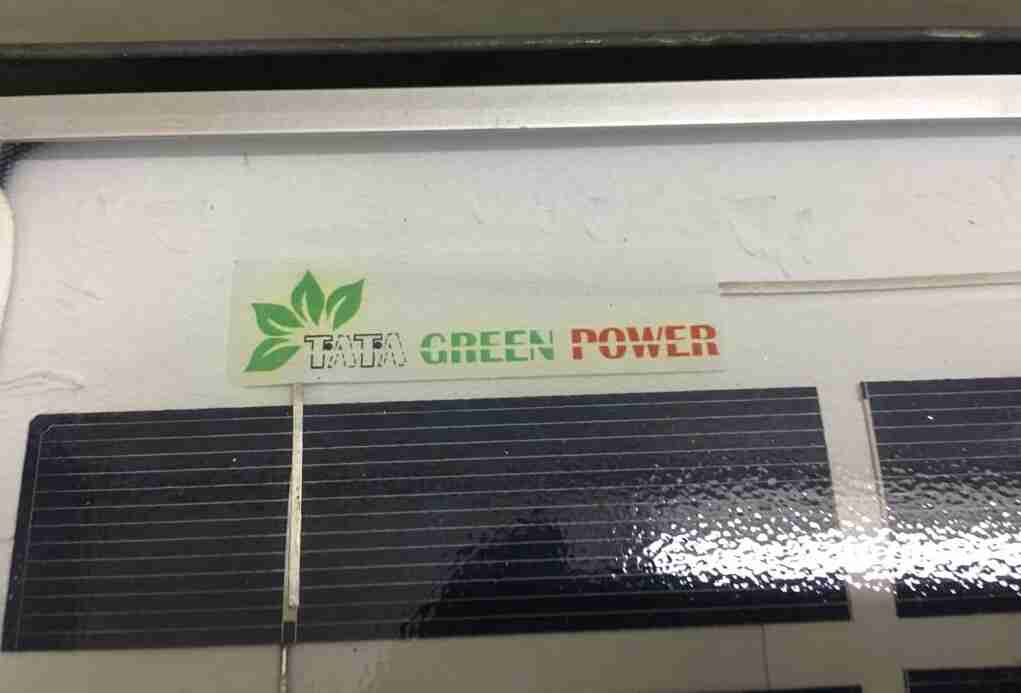
This image shows the back side view of the solar panle where the connections are made.
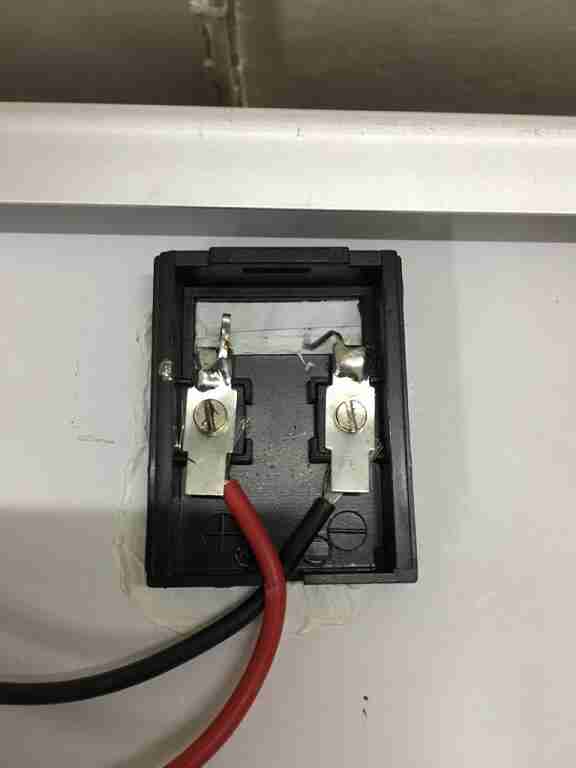

e. 12 V, 24 V, 50A PWM solar charge controller was also procured along with the solar panel.
This is the box of the solar charge controller.
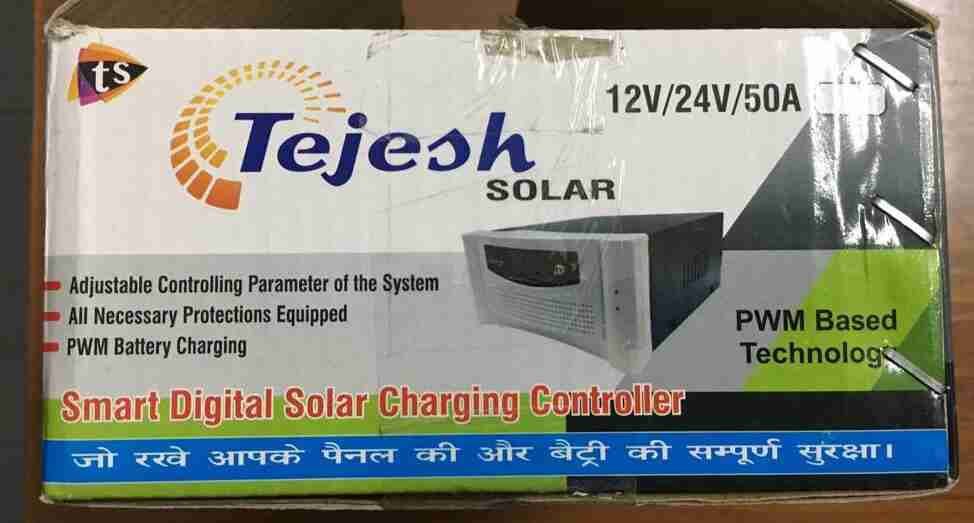

This image shows the front view of the solar controller where we can view the charging parameters.
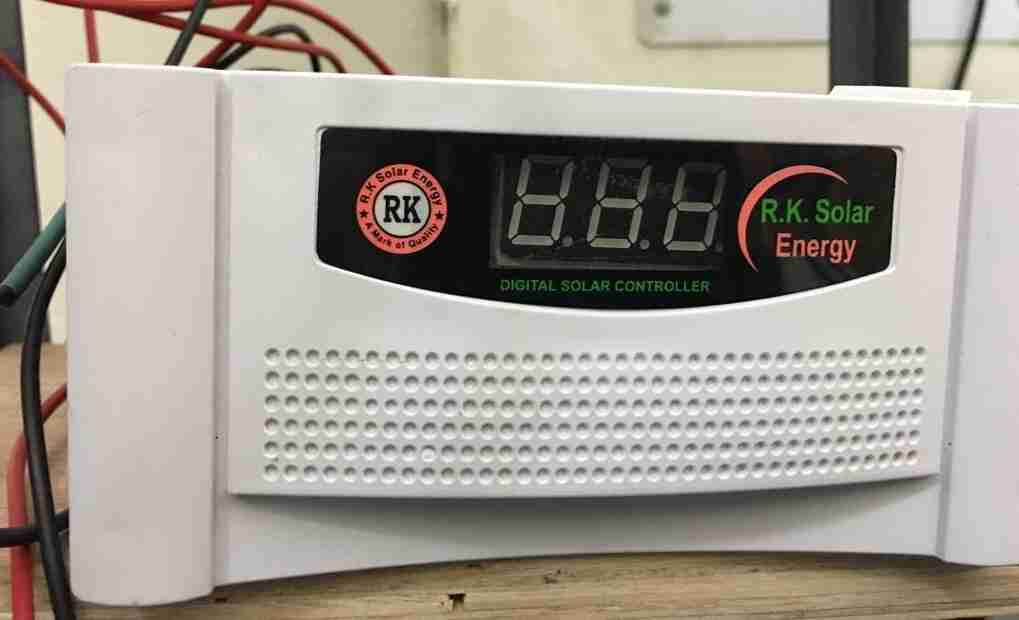
This image shows the back side view of the solar controller where the connections to the solar panel and the battery are made.
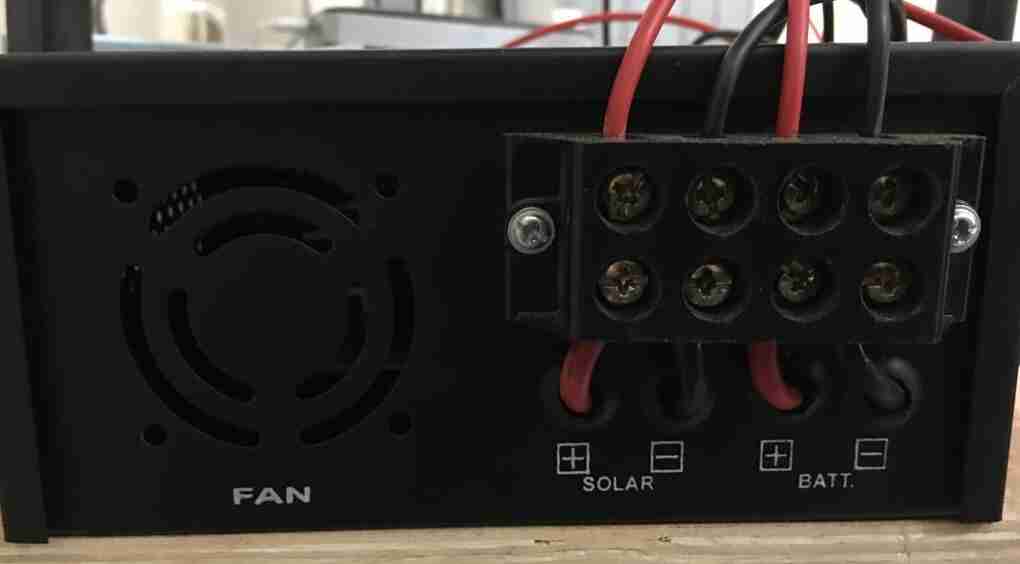
f. Two 12 V LED strips procured locally
I could have made these by myself but they were so cheaply available costing 1.2 USD each. They consisted of 14 parallel rows of 3 LEDS with a 220 ohm resistor in series each.
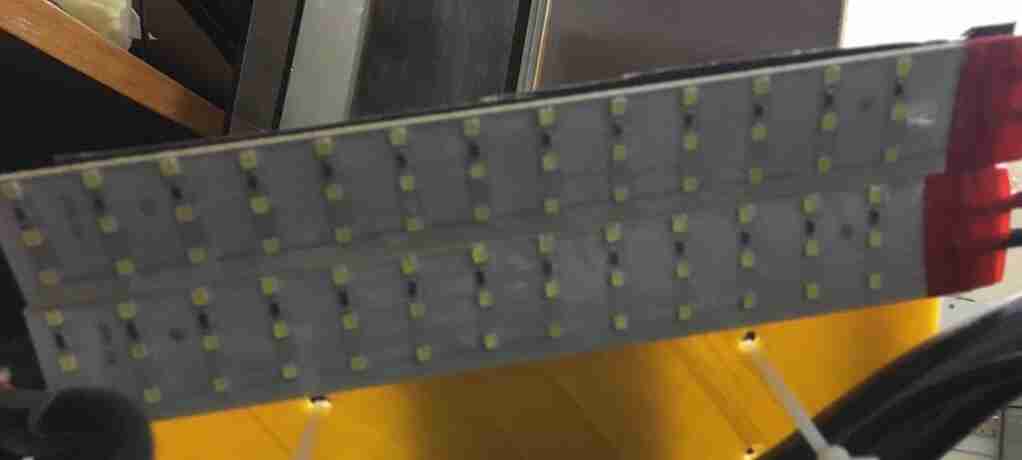
g. To make a composite sun shade, I needed wood to make the mold which was there in the lab. I ordered resin. Jute was freely available with the vegetable vendor.
h. Smart phone bike mount was 3d printed.
i. PCB boards were milled.
j. Components such as MOSFETs, ATtiny44 and other components were either there in the Fab Lab or were ordered through element14.
Where will they come from?¶
Links have been provided above.
How much will they cost?¶
E-bike kit cost 50 USD. 24 V, 11Ah Lithium ion battery pack cost 130 USD. Solar Panels cost USD 7 each. PWM based charge controller cost USD 11. The solar panel stand cost USD 60. 12 V LED strip cost USD 1 each. The resin for composite sun shade cost USD 12.
The total cost of this bike was within USD 300. This cost would come down when the bike is mass produced.
What parts and systems will be made?¶
- PCB for ATtiny44 digital board
- PCB for the power board for motor controller and the LED strip
- PCB for battery monitor
- Smart phone bike mount
- Composite sun shade
- The casing for packaging the PCBs.
What processes will be used?¶
CAD for mechanical design, PCB design in Eagle and fabrication using SRM-20, microcontroller programming, molding and casting using Roland MDX-540, composite making with jute and resin, laser cutting, 3d printing.
What questions need to be answered?¶
When I started, I couldn’t find enough information to build a e-bike conversion kit. Through trial and error, I figured to use PWM for powering my 24 V DC motor and 24 V LED strip. I also figured on my own of how to operate the brakes, throttle and ignition switch with uC. So, more or less, I have it figured out for the first prototype.
What remains is to integrate the PCBs into a package and make them weather proof since it would be used on a bike. I also have to figure out if I can use a current sensor with PWM based circuit. The current sensor was working with DC motor and LED strip loads when tested individually but its not working with PWM circuit.
How will it be evaluated?¶
I have been able to make a first prototype of solar powered e-bike kit which works in the lab. I am pretty happy about it.
Its on my wishlist to make a test drive with my bike outside.
Making a battery monitor is on my wishlist.
What are the implications?¶
With this progress, I can now give a demo of this prototype to other researchers in academia and industry. I can use their expertise in bike materials, DC motor controller design, solar controller design, etc to make this kit more readily available in India and around the world to aid with air quality and climate change.
Project goals¶
I have incorporated 2D and 3D design, additive and subtractive fabrication processes, electronics design and production, microcontroller interfacing and programming. I am working on the system integration and packaging. I have attempted to make whatever was feasible.

Solar powered electric bike con kit by Jay Dhariwal is licensed under a Creative Commons Attribution 4.0 International License